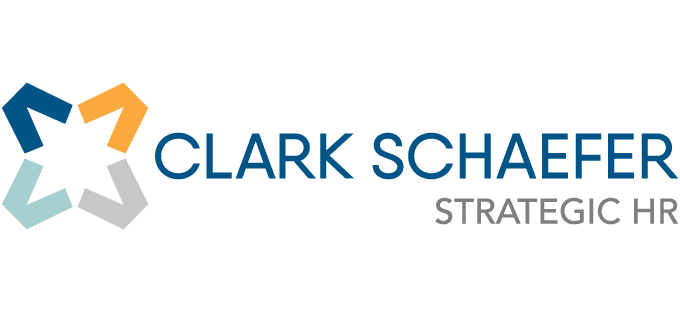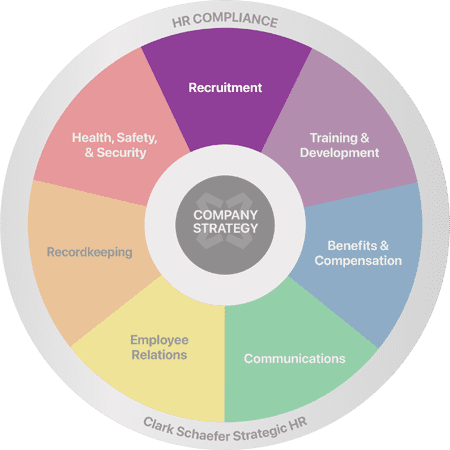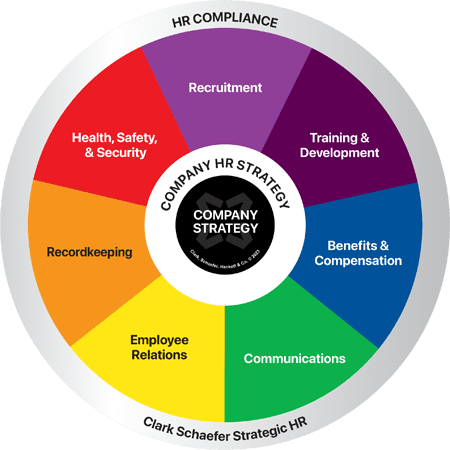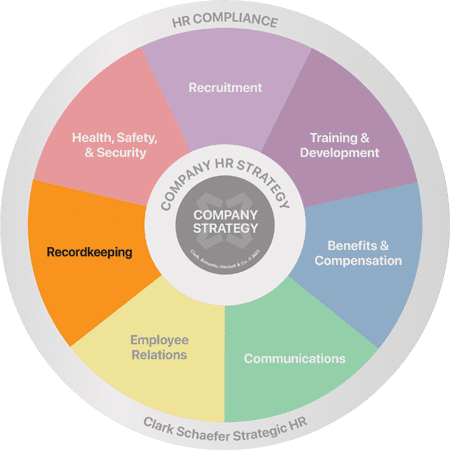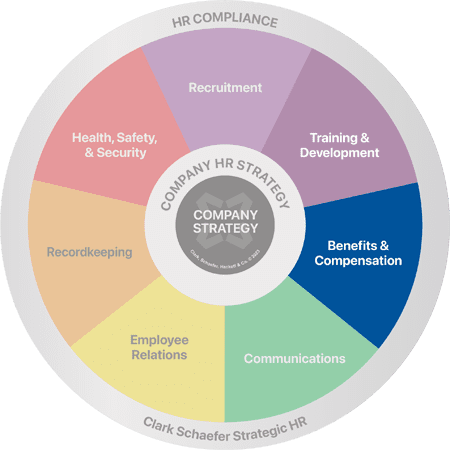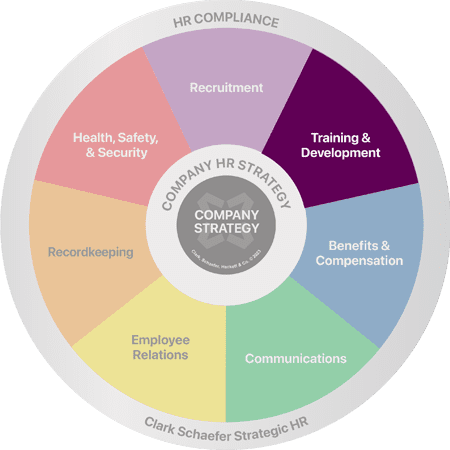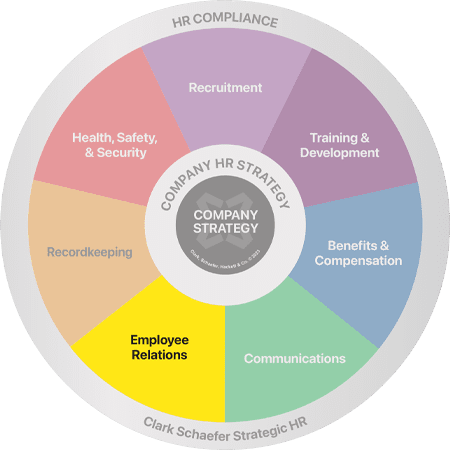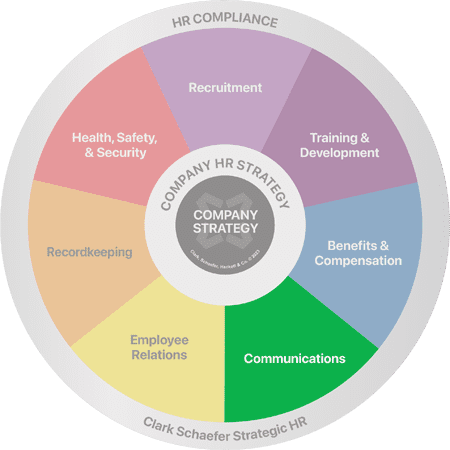Posts
How Can I Manage Candidate Use of Artificial Intelligence (AI) in the Recruiting Process?
Last Updatedin Recruitment Question of the Week
What Are Some Resources and Strategies to Recruit Veterans?
Last Updatedin Recruitment Question of the Week
How Can I Improve My Recruitment Processes?
Last Updatedin Recruitment Question of the Week
Do I Need HR?
Last Updatedin HR Strategy Question of the Week
How Long Should We Keep Resumes and Applications?
Last Updatedin Recordkeeping Question of the Week
What Should I Include in the First 90-Day Introductory Period?
Last Updatedin Recruitment Question of the Week
What is the Cost of a Bad Hire?
Last Updatedin Recruitment Question of the Week
How Can I Use Salary Benchmarking As a Recruitment Strategy?
Last Updatedin Benefits & Compensation, Recruitment, Videos Question of the Week, Video
How to Conduct an Internal I-9 Audit
Last Updatedin HR Compliance, Recordkeeping Question of the Week
How Can My Company Choose Between Different Types of Recruitment Services?
Last Updatedin Recruitment Question of the Week
What Can We Do to Make Onboarding Training Stick?
Last Updatedin Training & Development Question of the Week
Steps Toward a Successful Recruitment Process
Last Updatedin Recruitment Question of the Week
What Happens If the Non-Compete Ban Goes Into Effect?
Last Updatedin HR Compliance Question of the Week
What Are The Top 5 Commonly Missed Records In Employee Personnel Files?
Last Updatedin HR Compliance Question of the Week
How to Handle Background Checks for Temporary Employees
Last Updatedin Recruitment Question of the Week
What Features Should I Consider in a New Applicant Tracking System?
Last Updatedin Recruitment Question of the Week
Should I Use a Pre-Screen Questionnaire For Job Applicants?
Last Updatedin Recruitment Question of the Week
Top 3 Reasons Why New Hires Leave… And How to Turn Around Your Turnover!
Last Updatedin Employee Relations, Recruitment Question of the Week
The Difference Between Applicants and Candidates
Last Updatedin Recruitment Question of the Week
Are You Ready For These Top HR Trends in 2024?
Last Updatedin HR Strategy Question of the Week
What Is an RPO?
Last Updatedin Recruitment Question of the Week
Can you be an Employee and Independent Contractor for the Same Company?
Last Updatedin HR Compliance Question of the Week
How To Say Sponsorship Is Not Available And Remain Compliant
Last Updatedin Recruitment Question of the Week
Building A DEI&B Roadmap
Last Updatedin HR Strategy Question of the Week
What Should We Include On Our Careers Page?
Last Updatedin Recruitment Question of the Week
How can internships address your talent shortage?
Last Updatedin Recruitment Question of the Week
What is Equal Pay Day?
Last Updatedin Benefits & Compensation Question of the Week
How To Organize Employee Records And Remain Compliant
Last Updatedin Recordkeeping Question of the Week
Could Sabbaticals Be Your Next Retention Tool?
Last Updatedin Benefits & Compensation, Employee Relations Question of the Week
What is the Value of Job Descriptions?
Last Updatedin Communications, HR Compliance Question of the Week
Why Is It Important To Get An Employee’s Signature?
Last Updatedin HR Strategy, Recordkeeping Question of the Week
How Can I Stop Candidates From Ghosting After Accepting an Offer?
Last Updatedin Recruitment Question of the Week
What’s the Most Effective Way to Use Panel Interviews?
Last Updatedin Recruitment Question of the Week
Why You Should Always Be Networking
Last Updatedin Communications Question of the Week
What is a Certificate of Qualification for Employment?
Last Updatedin HR Compliance, Recruitment Question of the Week
Contact Us
Clark Schaefer Strategic HR
10856 Reed Hartman Hwy
Suite 225
Cincinnati, OH 45242
Clark Schaefer Strategic HR is recognized by SHRM to offer Professional Development Credits (PDCs) for SHRM-CP® or SHRM-SCP® recertification activities.
The information provided on this website does not, and is not intended to, constitute legal advice; instead, all information, content, and materials available on this site are for general informational purposes only. Readers of this website should contact their attorney to obtain advice about their particular situation and relevant jurisdiction. This website contains links to other third-party websites. These links are only for the convenience of the reader, user or browser; Strategic HR does not recommend or endorse the contents of the third-party sites.
